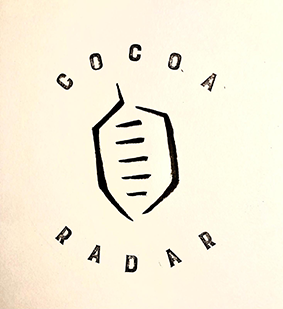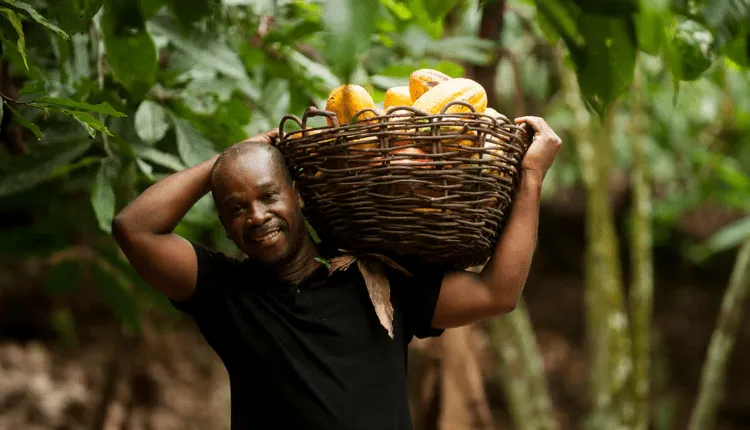Between April 2023 and April 2025, farmgate cocoa prices more than doubled for many farmers—and as a result, the proportion of farmers projected to earn above a living income rose from around 7% to 24%. Meanwhile, those estimated to live in extreme poverty dropped from 26% to 7%.
Researchers surveyed over 700 households in 2024 across 31 producer organisations. They built models based on current yields, costs and pricing to project incomes.
Compared to earlier rounds (2017, 2020) in 14 organisations, the share of farmers earning above the poverty line increased to 51% from 43% in 2020; those in extreme poverty fell from 36% to 17% over the same period.
Farmers attribute income stability to the Fairtrade Premium (a communal fund on top of selling price) and to trainings in farm maintenance, harvesting, processing and storage. These have enabled improved investments and resilience against climate change, pests and labour shortages.
Still, the situation remains complex. While yields rose slightly (from 625 to 650 kg/ha), farm size and total production per household fell—by 29 % between 2020 and 2024—as did cocoa-growing area and growing costs increased by 16 %.
The study highlights that farm size, yields, costs and prices all interact—and paying a living-income-aligned price is necessary but not sufficient.
“It’s good confirmation that higher farmgate prices are indeed making a significant difference for farmers,” said Jon Walker, Senior Advisor, Cocoa, Fairtrade International. “However, we have to continue to measure and explore how farmers are improving yields in the face of climate change pressures, as well as understand the dynamics of farm size and household size which this study shows are highly influential in the difference between earning a living income or not.”
Fairtrade’s West Africa Cocoa Programme (WACP
At the same time, Fairtrade’s West Africa Cocoa Programme (WACP) is playing a vital role in enabling cooperatives across Côte d’Ivoire, Ghana and Sierra Leone to adapt to a shifting cocoa landscape. Launched in 2016 by producer network Fairtrade Africa, the programme supports over 270 co-operatives and 51,000 farmers with training, technical support and capacity building.
An evaluation by the consultancy Syspons GmbH found that WACP-supported co-operatives have improved management systems, better financial oversight, heightened awareness of regulatory requirements (such as the EU Deforestation Regulation), and stronger human rights and labour risk monitoring.
Farmers participating in WACP also took concrete actions: boosting productivity and quality, increasing youth and women’s participation in governance, investing the Fairtrade Premium more democratically (72 % of Ivorian and 92 % of Ghanaian respondents reported being involved in decisions), and diversifying incomes into beekeeping, cassava and poultry.
Still, the evaluation highlights that translating improved capacity into expanded market access remains a significant barrier. Many co-operatives cite the need for better marketing, buyer outreach, negotiation skills and business planning.
Why This Matters for the Cocoa Sector
- The combined effect of higher prices and capacity-building shows promise for improving farmer livelihoods in West Africa’s cocoa belt.
- But structural issues remain—yields, farm size, cost of production, diversification, regulatory pressures and market access all exert influence.
- For chocolate brands, exporters and buyers, the findings reinforce that paying fairer farmgate prices must go hand-in-hand with longer-term sourcing commitments and supporting producer organisations.
- For policymakers and certification bodies, the study underscores the need for a multi-layered approach: farmer income, productivity, farm sustainability, cooperative governance and supply-chain transparency all matter.
CocoaRadar’s view
The income study will feed into Fairtrade’s review of its Living Income Reference Price model for cocoa. Meanwhile, the WACP evaluation suggests refining its focus, clarifying core mandates, scaling up a training-of-trainers model and exploring co-financing to enable more sustainable support.
For consumers and cocoa-industry stakeholders, the message is clear: meaningful change is underway—but it remains an incremental journey, not a quick fix.

